ULTR - Review of cavitation X-Ray emission experiments
Vladimir Vysotskii, National Shevchenko University, Kiev, Ukraine
Over the past few years since the MFMP proposed the ULTR experiments have progressed, I have had in the back of my head the knowledge that I had recorded a special session clip of Vladimir Vysotskii somewhere at ICCF-18 taking about sound leading to the production of X-Rays for the first time.
I found the clip in my archives that was recorded on 24 July 2013 at 21:47, Which I have given below.
He argues that the collapse of the nano-bubbles from the sound induced cavitation leads to the production of soft-X-Rays of the order of 1 KeV which then get rapidly absorbed to produce a second shockwave that interacts with a metal and when that sound wave reflects from the backside of the metal, the excitation is coherent which leads to a phase dependent excitation of atoms, which leads to X-Ray emissions due to very large transversal coherences.
He used Tungsten (W) as his target material. He used a metal lease to focus the X-Ray radiation. He argues that the observation of X-Rays by Karabut was not due to LENR, but due to explosion of cracks during glow discharge loading of metals. Of course, glow discharge will lead to the formation of EVOs which wasn't considered.
He gives the equation to calculate the probability of X-Ray production.
Later, on March 21, 2014 CF/LANR Colloquium at MIT, he gave a full presentation of this work, which was conducted with A.A. Kornilova from the Moscow State University, Moscow, Russia - which began before 2004 but which was first published in text form in 2007. - Presentation Download (Special thanks to ColdFusionNow for publishing these materials).
On slide 7 he says:
In these works X-Ray processes have been associated with a liquid (machine oil or water) jet moving through the narrow channel. It has been found during detailed investigation that the outer surface of the working chamber are sources of intense X-radiation, generation of which is related to cavitation processes in the liquid jet bulk and subsequent excitation of internal shock waves.
Interaction of these shock waves with external surface atoms of water jet, metal tube or thick screen leads to external X-Ray generation.
The frequency (energy) of X-radiation depends on the types of atoms on a radiating surface (for a jet, it is water; for a channel, the metal atoms on the surface (e.g. Fe, Cu, Pb, etc) and increases with the increase of atoms charge.
You may recall the interview with Dr. Max Fomitchev-Zamilov about his Cavitation Bubble Fusion Reactor that used oil with additives.
The sound reflection of the shockwave on the surface of the chamber caused the atoms to move 200-300 Angstroms. The very large transverse coherent excitation of the surface atoms leads to X-Rays with transverse coherency, not longitudinal [From 15:28]. He says:
“Not LASER coherence… SASER coherence”
What is a SASER and what can it do? Well, quoting from this source:
Saser (sound amplification by stimulated emission of radiation)…
A saser (sound amplification by stimulated emission of radiation) is a device that emits concentrated, highly-focused sound waves.
The saser is the sonic equivalent of the laser and is often referred to as a sound laser or acoustic laser. Sasers beam concentrated sound waves in the terahertz (THz) range. While still mostly a curiosity in the scientific world, sasers offer a number of potential practical uses.
Sasers could read or relay digital information, as many lasers do. Sasers could also enable super-accurate sonograms able to, for example, detect defects in electronics on the microscopic nanometer level. Medical imaging and biometrics are among many other possible areas of application. At low frequencies, sasers can produce sound at a distance; at high frequencies, they can heat a distant target.
That second to last point, kind of sounds like a kind of like a LRAD.
Note he sees ‘blue’ light in the machine oil cavitation experiment.
He then discusses a high pressure water cutting machine, where he is analysing the X-Rays emitted from the surface of the water jet.
Using his argument, one might say that the water, at the interface of the metal being cut is coherent, so is it the ‘pressure’ that is cutting the target material - or is it coherent matter? Might high pressure water jets through capillaries leading to coherent matter have been used for stone cutting in the past?
He then shows that water and different metals produce different X-Ray energies with water being low and the heavier the element - the higher the maximum KeV emitted.
When placing X-Ray film around the nozzle of the cutter, half expose to metal, half to the water jet, the film only shows the x-rays coming from the metal, which he argues is because those are high enough energy to expose the film.
This is very interesting and extensive work that came out of a long collaboration between Russian (Moscow) and Ukrainian (Kiev) researchers that has new meaning in the context of the the apparent apparently coherent sound induced transmutations we have observed in ULTR and in the work of LeClaire, Ralkar (MFMP/ECCO), Cardone, Claytor/Stringham and the shockwave induced 2018 matter collapse of lead by F. Fernandez et. al. that we have discussed a number of times before.
Knowing that heavy elements produce the most high energy X-Rays, might help explain the lead collapse/fission observations by Fernandez and Matsumoto, the Mercury observations by Cardone.
I believe and have argued that we are seeing a coherent matter surface process in ULTR experiments and the work shown above supports that belief. Given that Al is just the single isotope 27Al, in a resonant process, I believe that a self-reinforcing coherent matter process is facilitated, at the established Yin-Yang vortex pair structures and that we have a easy demonstrator for the Coherent Nuclear Transmutation process.
Thankyou for reading RemoteView.ICU

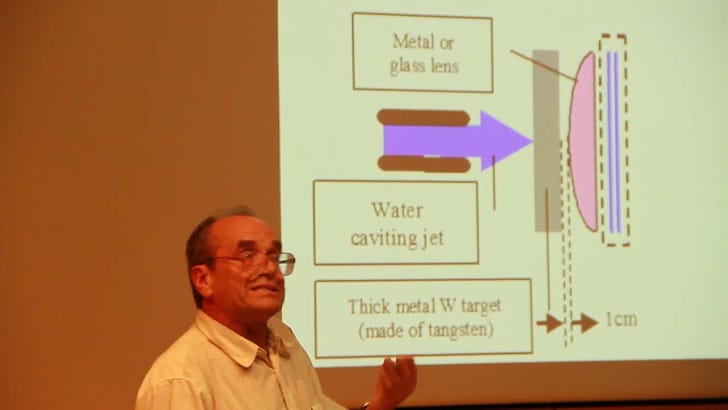

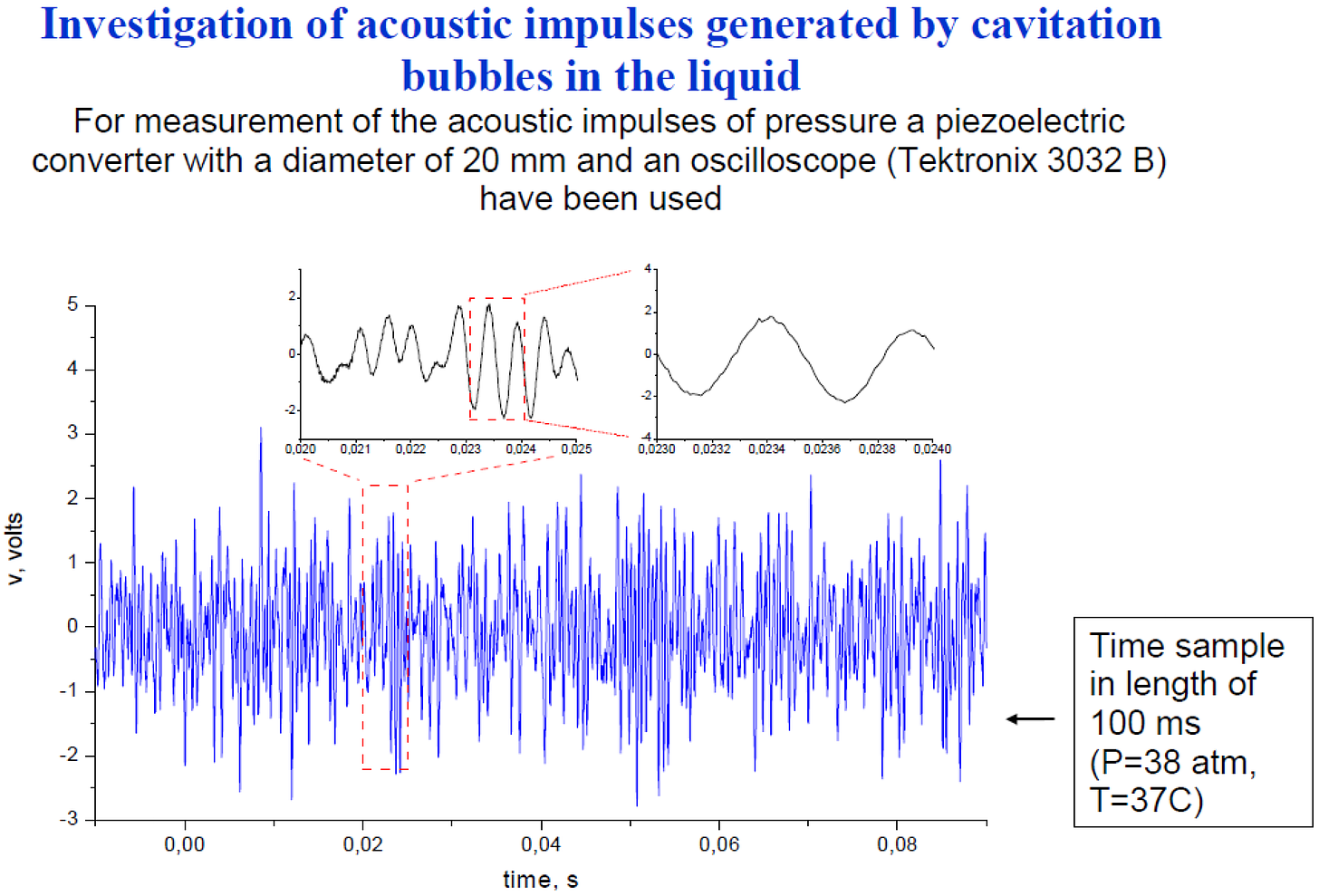
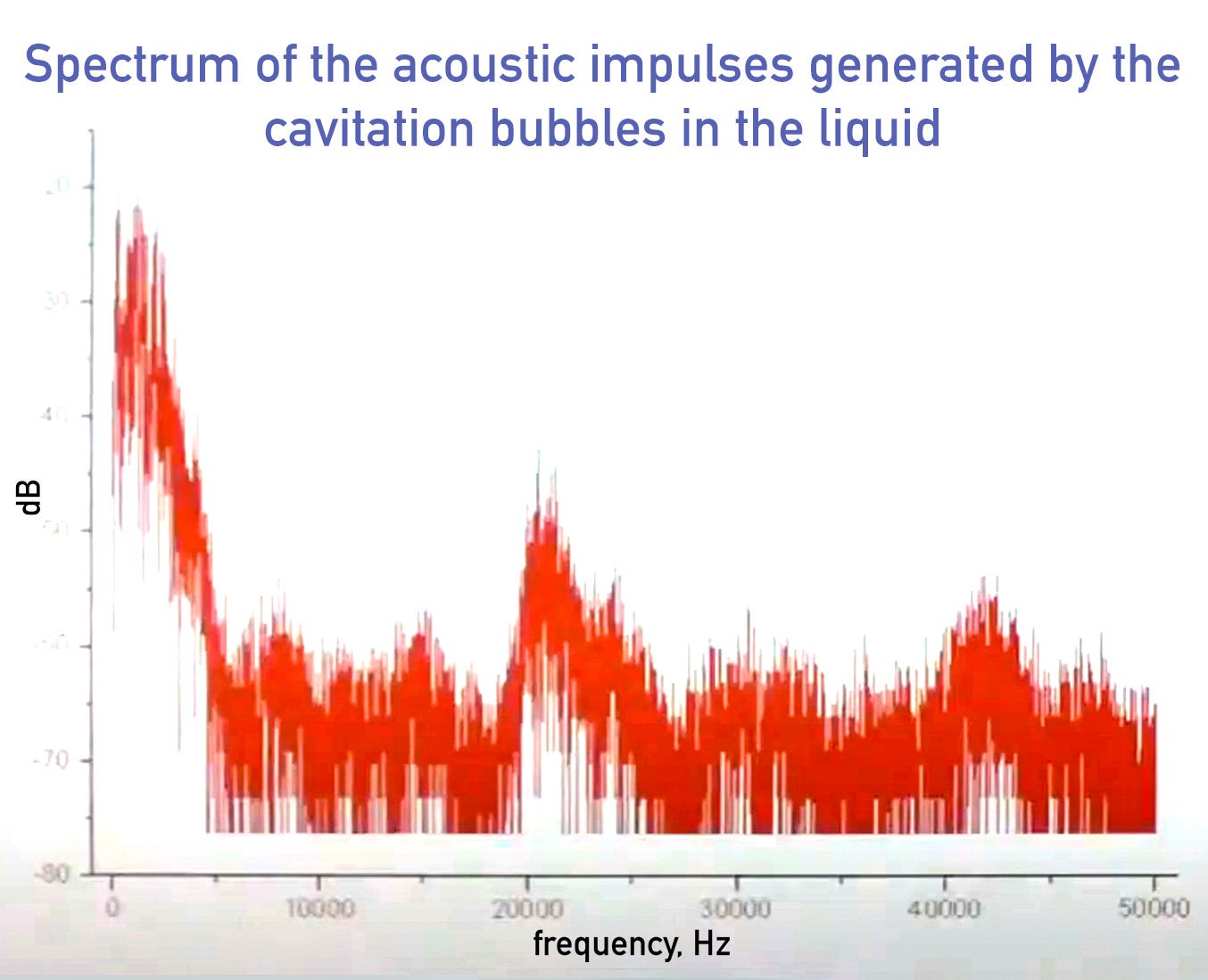
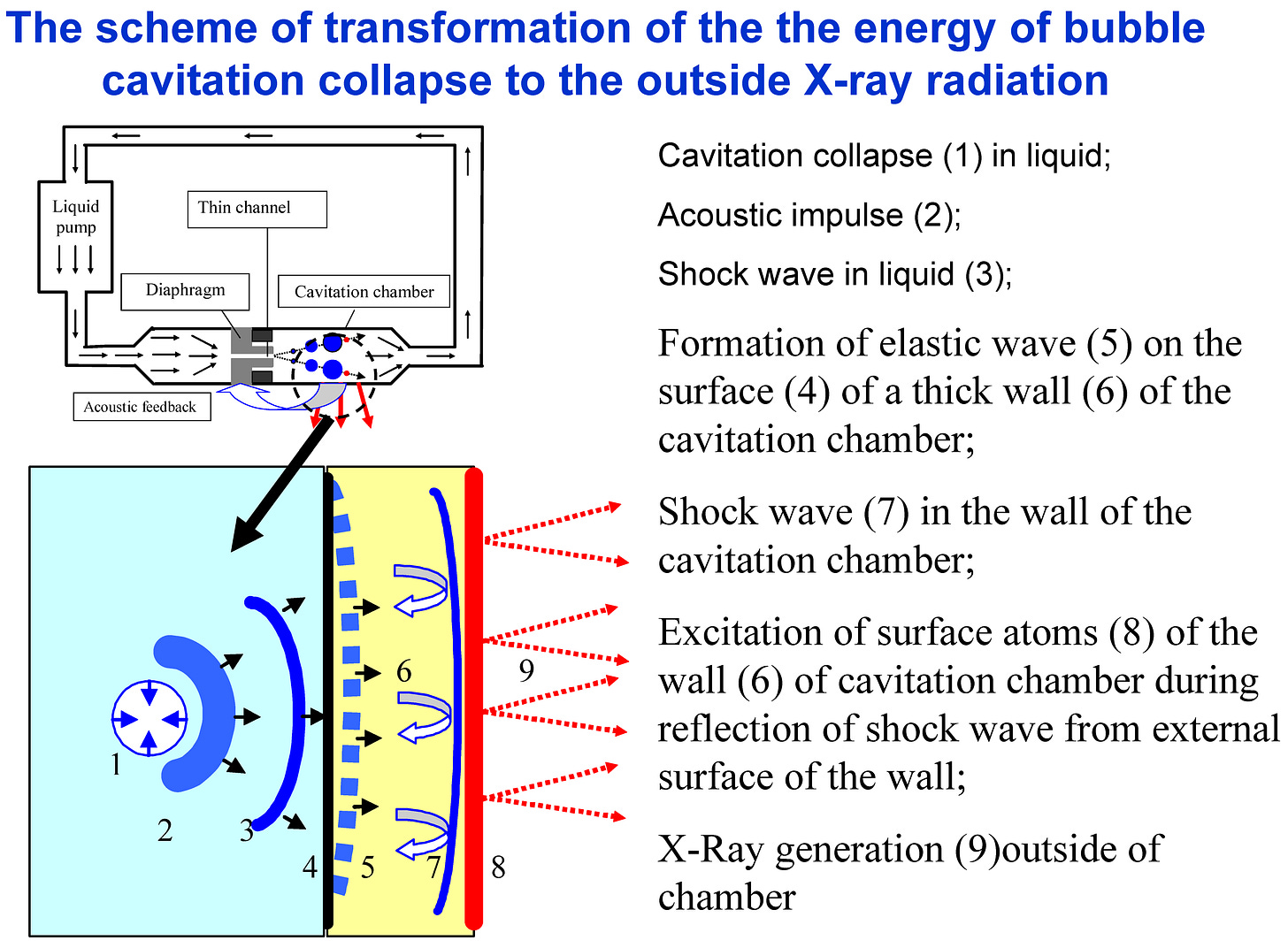
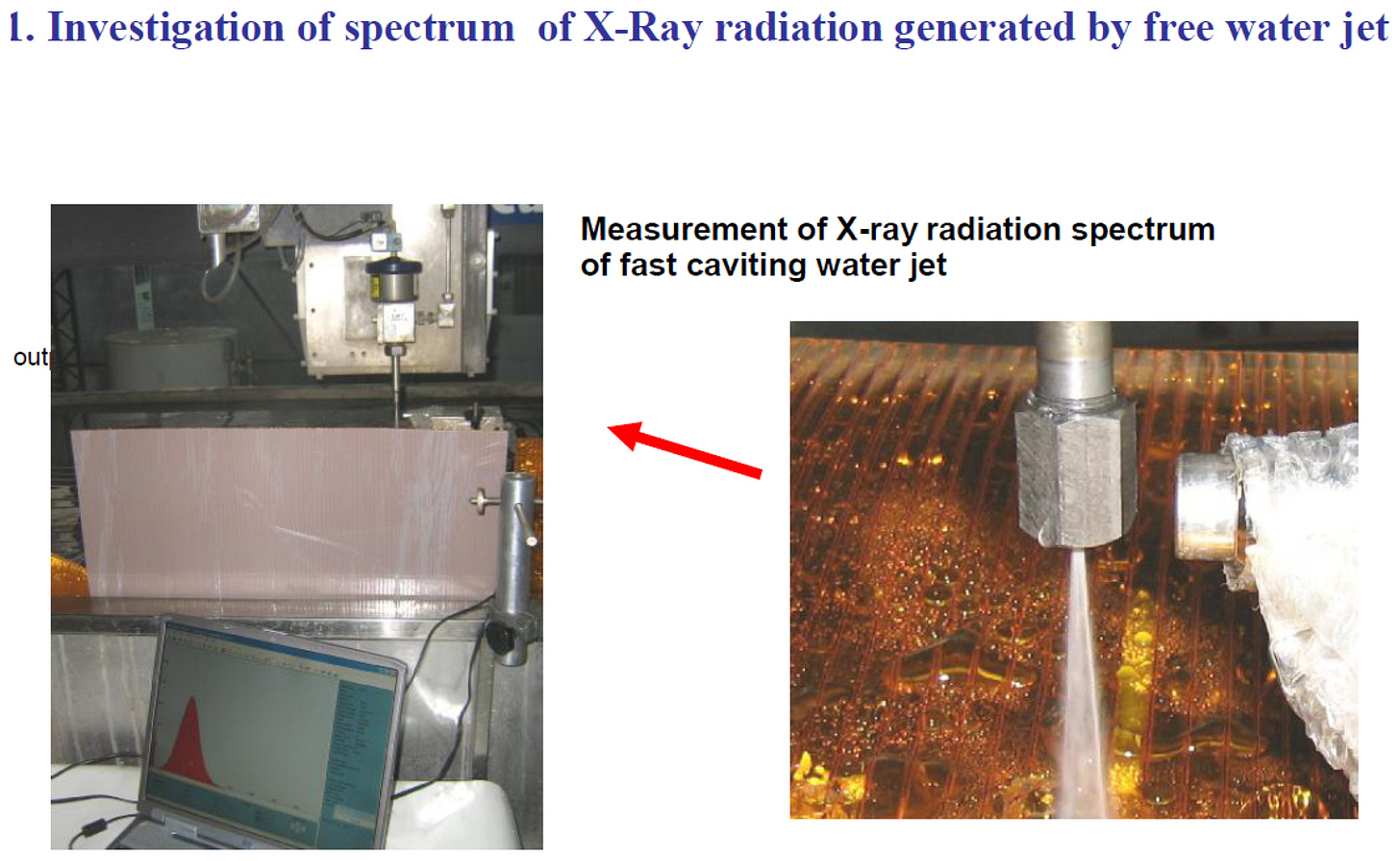
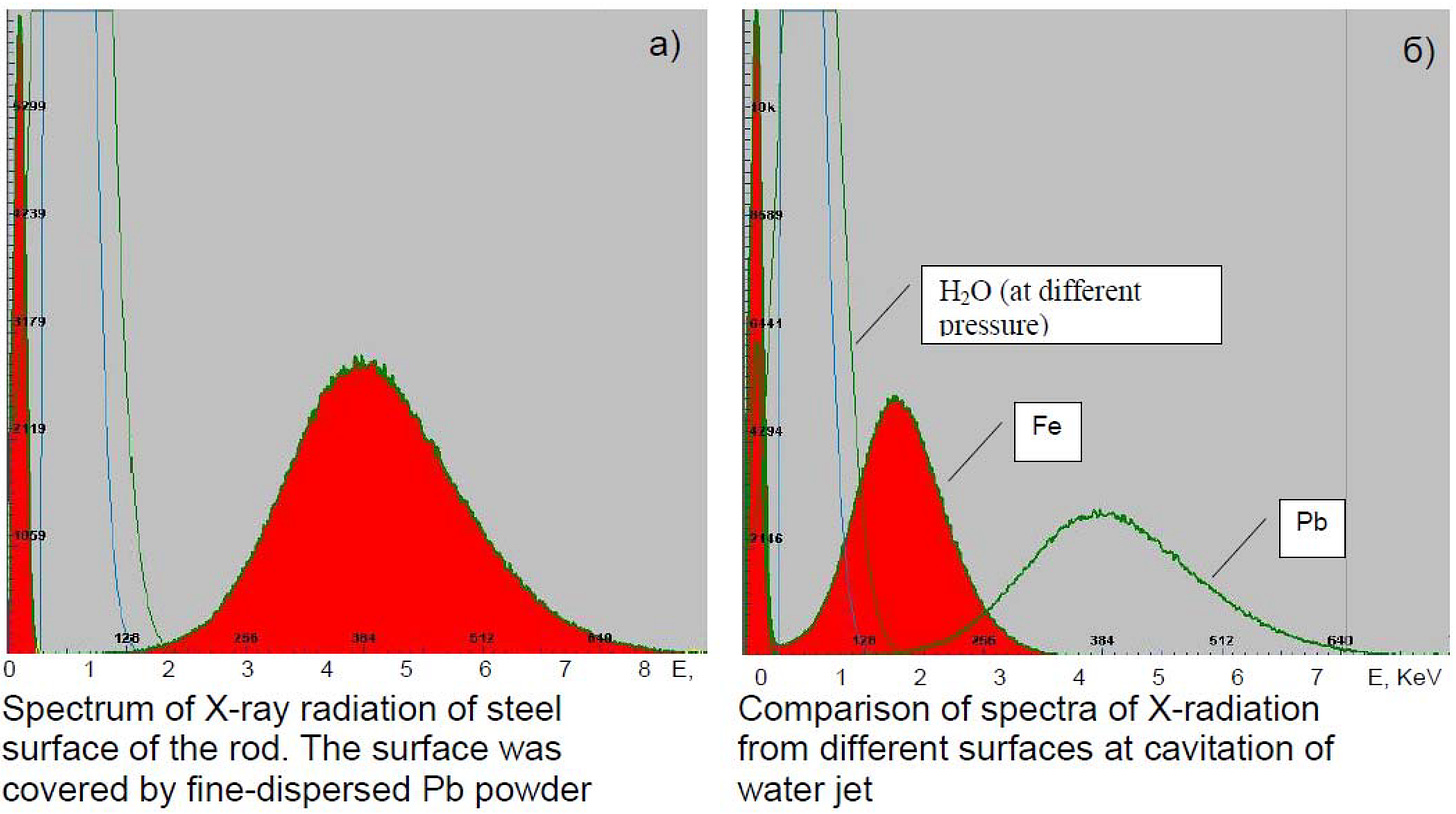
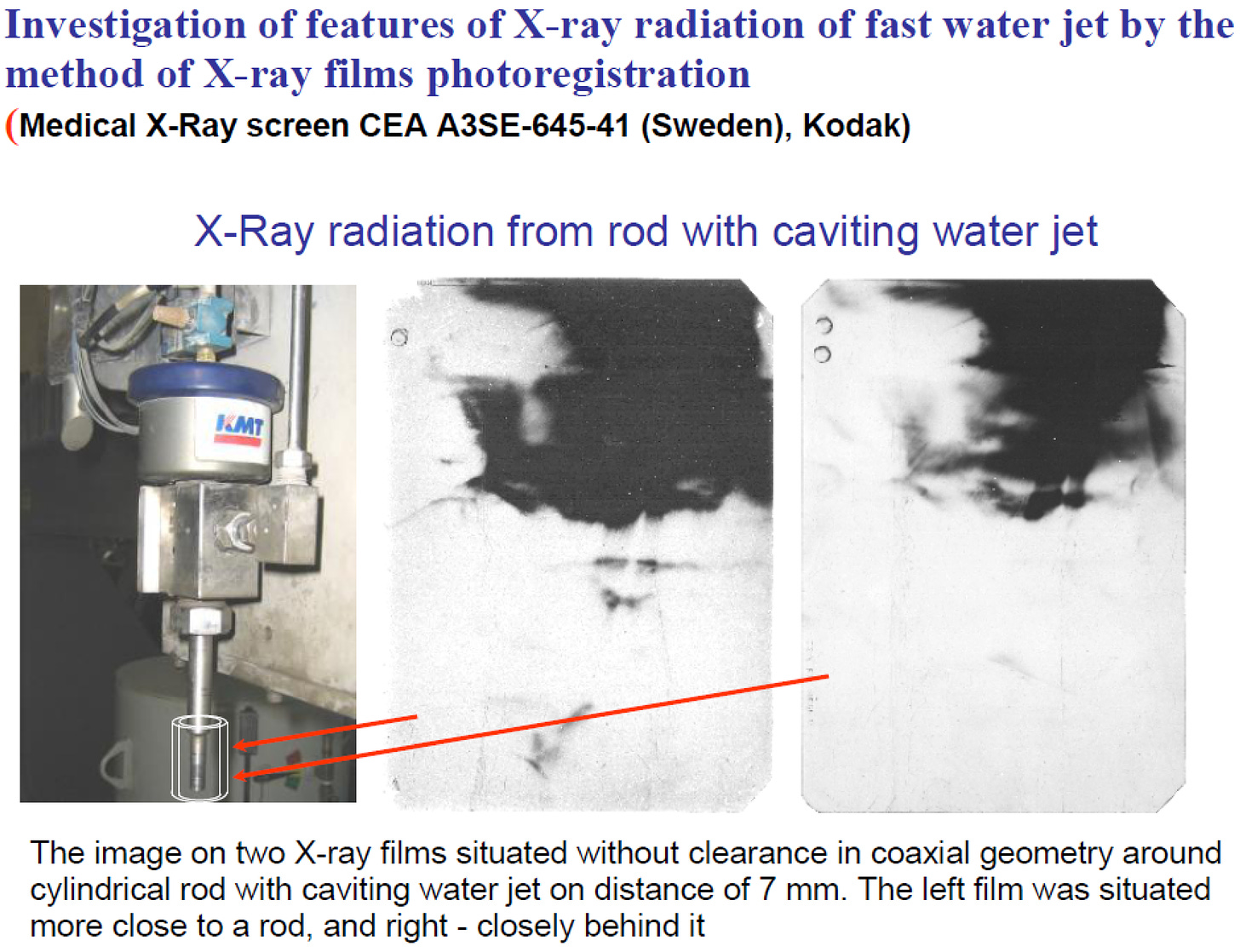
Has anyone experimented with ozone generators as a source of EVOs? The thought occurs to me that at least some ozone generators work by sending high voltage through thin carbon whiskers. The thought occurs to me that for all the same reasons cavitation bubbles make EVOs at some regular rate, might we also expect high voltage leaving a fine point of carbon to also make EVOs at some lesser but still regular rate. If ozone generators don't produce EVOs out of the box then perhaps dipping the carbon whiskers in mercury could turn them into a budget version of a Ken Shoulders liquid metal dipped electrode? Has this already been investigated?
A chest X-ray tube has a tungsten anode and an electron gun cathode. Lower energy X-rays in mammography tubes use molybdenum anode. EVOs from cavitation seem like a logical source of the X-rays, but am I missing the point? Are these videos saying that mechanical deformation of the metal crystal structure or atom-to-atom deformation is causing the X-rays? And I think this is also a nice hint that we don't want our cavitation devices to have containment metals that could emit higher energy X-rays.